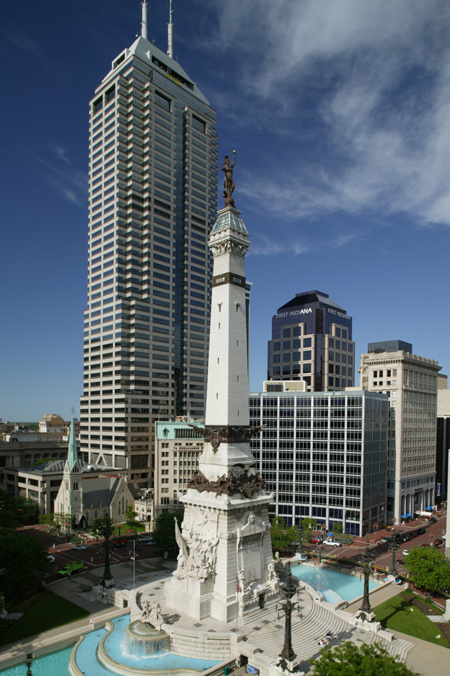Though it’s completely understandable why the triple whammy of rising peak oil energy prices, global climate change, and record population growth might get you down, here are a number of promising Mode Shift trends that indicate the end is not nigh.
Singles now head the majority of American households and are repopulating America’s great cities. This from Baltimore, according to the May 29, 2007 edition of the Baltimore Sun: “Across Baltimore, single women – old and young, black and white – are buying houses, many for the first time, at rates far exceeding the national average. According to a 2006 survey conducted by the National Association of Realtors, 40 percent of city homebuyers last year were single females, nearly twice the national average and the Baltimore County rate.”
California Attorney General Jerry Brown is using the newly approved Global Warming Solutions Act, which requires reductions in greenhouse gas emissions, to challenge sprawling patterns of development. The San Francisco Chronicle reported on May 27, 2007, that Brown and lawyers in six other pending cases are using the landmark law enacted last year by Gov. Arnold Schwarzenegger to argue that the “state must rethink the kind of immense and far-flung housing developments that have defined California land-use patterns for decades. The global warming fight has given new ammunition to the battle against sprawl, which detractors argue creates more cars on the road and energy use and is therefore a key ingredient in the climate-change crisis that threatens the California coastline and snowpack. The need to rein in sprawl has not received much attention from Schwarzenegger, who has garnered international attention as he has talked about creating more efficient cars, boosting solar power, and developing new carbon-trading markets for industry. But experts, including the governor’s own climate advisers, argue that changing how housing is developed is key to meeting the emissions reductions.”
Lawmakers in the Arizona state House, by a 50-1 vote, late last month approved new legislation that has already passed the state Senate and provides authority under the state growth management law to limit new sprawl in communities that have tight water supplies. Democratic Governor Janet Napolitano, who supports the measure, is expected to sign the bill any day. The Los Angeles Times picked up the story in its May 27, 2007 edition:  “Legislative approval of the measure came a quarter-century after the 1980 enactment of a historic groundwater management law imposing new pumping and irrigation restrictions in ‘active management areas.’ Those areas include Phoenix, Tucson and Prescott. Those urban-oriented restrictions were aimed at curbing groundwater depletion that outpaced natural replacement. Subsequent population growth in the nation’s fastest growing state has started to crowd some rural areas, leaving some straining to secure adequate water supplies. In parts of eastern and northern Arizona, residents have to truck in water.”Â
Indianapolis (see pix) is gaining national recognition as one of the nation’s most significant comeback cities. According to an article in the June 1, 2007 edition of the Rochester (Minn.) Post-Bulletin, Indianapolis has invested more than $6 billion of public and private funds in a host of downtown projects. More development is on the way — again through public and private partnerships — and $3.2 billion more in construction and renovation efforts are on the drawing board.  “Some 1,500 residential units — condos, houses and apartments — totaling nearly $348 million will be completed by 2010. In just the past few years, the inventory of hotel rooms has increased 44 percent to a total of 5,338 rooms.”
